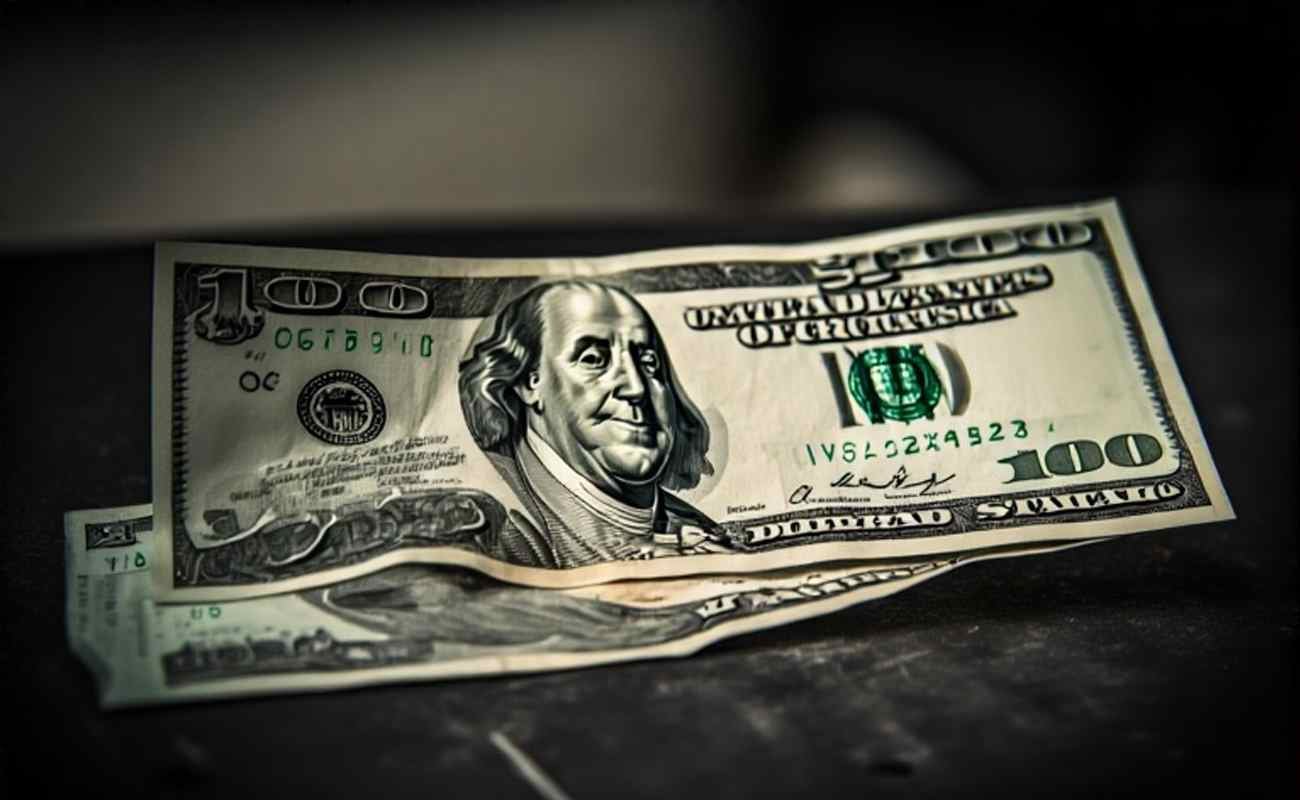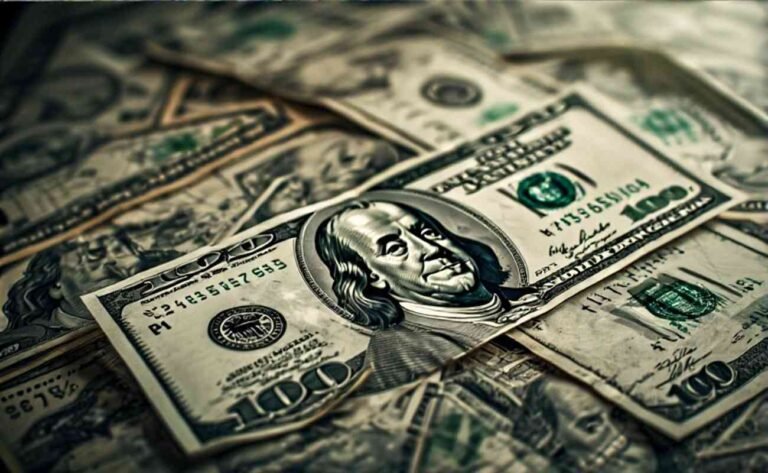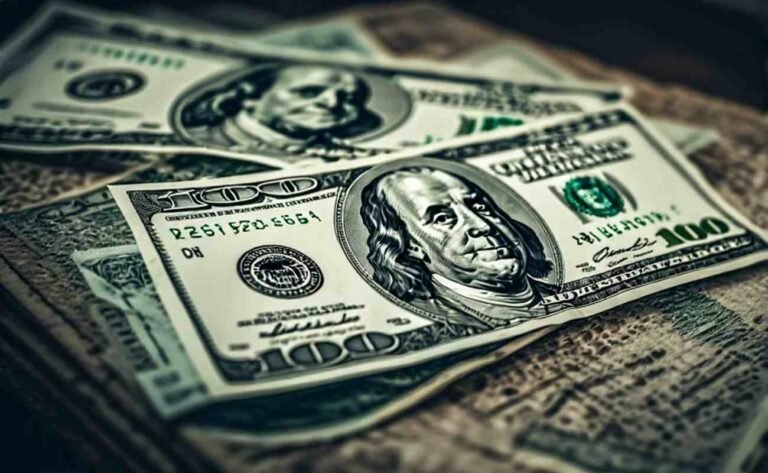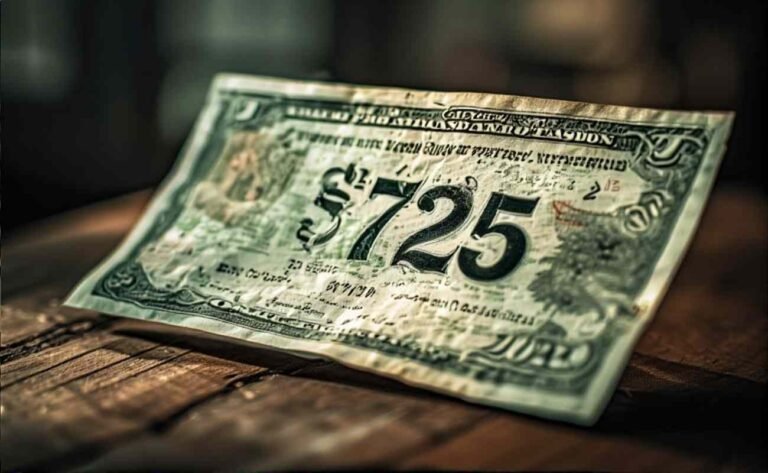$1,390 Stimulus Check in 2025: Your Complete Guide to Eligibility, Payments, and More
In 2025, rumors and discussions about a $1,390 stimulus check have sparked widespread interest among Americans seeking financial relief amid rising costs. While no official confirmation from the IRS or federal government has validated these claims as of July 2025, posts on platforms like X and various websites suggest potential relief aimed at offsetting inflation, rent, and food expenses. This comprehensive guide dives into everything you need to know about the speculated 2025 stimulus payment of $1,390, including eligibility criteria, payment timelines, application processes, and tax implications. We’ll break down the information into clear lists and tables for maximum readability, ensuring you can quickly grasp the essentials and stay informed.
The idea of a $1,390 stimulus check in 2025 stems from unverified sources, with some claiming payments began in May 2025, while others mention a proposed $2,000 check tied to pending legislation. However, these claims lack official backing, and skepticism is warranted. This guide compiles the latest insights, separates fact from fiction, and provides actionable steps to prepare for any potential stimulus. With structured lists, detailed tables, and practical tips, we aim to make this your go-to resource for understanding the 2025 economic relief check.
What Is the $1,390 Stimulus Check in 2025?
The $1,390 stimulus check refers to a rumored federal payment intended to provide economic relief to eligible Americans in 2025. Unlike the well-documented stimulus checks issued during the COVID-19 pandemic, this payment lacks clear legislative or IRS confirmation as of now. Social media posts, such as one from @tworldreviews on X, claim the IRS may roll out these checks to combat high inflation, rent, and food costs. However, another X post by @DebbieNester1 questions the legitimacy of these claims, urging fact-checking. Without official sources, it’s critical to approach this topic cautiously while staying prepared.
Why Is There Talk About a 2025 Stimulus Payment?
Economic pressures, including inflation and rising living costs, have fueled speculation about new stimulus checks. In 2025, many Americans continue to face financial challenges, prompting discussions about government intervention. Although no federal bill has been passed to confirm a $1,390 stimulus payment, the buzz on platforms like X reflects public hope for relief. Historically, stimulus checks—like those issued in 2020 and 2021—aimed to stabilize households during crises. The current chatter may stem from similar expectations, but without verified details, it’s more speculation than reality.
To help you understand, let’s break down the context with a list of factors driving these discussions:
Factors Fueling 2025 Stimulus Check Rumors
- Rising Inflation: Consumer prices, especially for essentials like groceries and rent, have increased, squeezing household budgets.
- Economic Uncertainty: Post-pandemic recovery continues to challenge low- and middle-income families, prompting calls for aid.
- Social Media Buzz: Platforms like X amplify unverified claims, creating widespread curiosity and confusion.
- Past Precedents: Previous stimulus programs set expectations for similar relief in tough economic times.
- Proposed Legislation: Some sources mention a potential $2,000 stimulus bill, though it remains unconfirmed.
Who Might Be Eligible for the $1,390 Stimulus Check?
Eligibility for any stimulus check typically depends on income, tax filing status, and other criteria set by the IRS. Since the $1,390 stimulus check in 2025 is not officially confirmed, we can only speculate based on patterns from past stimulus programs. Below is a detailed table outlining potential eligibility criteria, assuming a structure similar to previous payments.
| Eligibility Factor | Details |
|---|---|
| Income Threshold | Likely under $75,000 for individuals, $150,000 for married couples (AGI). |
| Tax Filing Status | Single, married filing jointly, head of household, or qualifying widow(er). |
| Dependents | Possible additional payments for dependents under 17, as seen in past rounds. |
| Citizenship Status | U.S. citizens or resident aliens with a valid SSN may qualify. |
| Non-Filers | Non-filers may need to use IRS tools to claim payments, if available. |
Key Notes on Eligibility
- Income Limits: Past stimulus checks phased out for higher earners, so expect similar rules.
- Dependents: Families with children may receive extra funds, typically $500–$1,400 per dependent.
- Non-Residents: Non-resident aliens are generally ineligible, but rules vary.
- Seniors and Retirees: Social Security recipients often qualify automatically if they meet income criteria.
Always check official IRS updates at IRS.gov for accurate eligibility details when available.
How Might the $1,390 Stimulus Payment Be Distributed?
If the 2025 economic relief check becomes reality, distribution would likely follow established methods. Based on previous stimulus rounds, payments could be issued via direct deposit, paper checks, or debit cards. Here’s a list of potential distribution methods:
Possible Distribution Methods
- Direct Deposit: Fastest method for those with bank details on file with the IRS.
- Paper Checks: Mailed to those without direct deposit information, though slower.
- Prepaid Debit Cards: Used in past rounds for quicker delivery to non-filers.
- IRS Portal: An online tool, like the “Get My Payment” portal, may track or update payment info.
Expected Timeline (Speculative)
- Announcement: If confirmed, expect an official IRS statement or congressional approval.
- First Payments: Could start within weeks of approval, possibly late 2025.
- Non-Filers: May face delays if manual claims are required.
How to Prepare for the $1,390 Stimulus Check
Preparation is key to ensuring you receive any potential IRS stimulus payment promptly. Below is a step-by-step list to get ready:
Steps to Prepare for the 2025 Stimulus Check
- Update IRS Records: Ensure your bank and address details are current via IRS online tools.
- File 2024 Taxes Early: Filing early establishes your eligibility and income status.
- Monitor Official Sources: Check IRS.gov for updates, avoiding unverified social media claims.
- Set Up IRS Account: Create an account on the IRS website to track payments or update info.
- Beware of Scams: Only trust official IRS communications to avoid fraud.
Pro Tip
I once missed a tax credit because my bank details were outdated with the IRS. Don’t make the same mistake! Double-check your information now to avoid delays.
Tax Implications of the $1,390 Stimulus Check
Stimulus checks are typically non-taxable, as seen in previous rounds. However, understanding potential tax impacts is crucial. Here’s a table summarizing likely tax considerations:
| Aspect | Details |
|---|---|
| Taxable Income | Stimulus payments are generally not taxed as income. |
| Impact on Refunds | Payments don’t reduce your tax refund or increase your tax liability. |
| Reporting Requirements | No need to report stimulus payments on your tax return. |
| Recovery Rebate Credit | If you miss the payment, you may claim it as a credit on your 2025 taxes. |
Important Considerations
- Missing Payments: If eligible but unpaid, claim the Recovery Rebate Credit on your 2025 tax return.
- Overpayments: The IRS typically doesn’t require repayment if you receive too much.
Common Myths and Misconceptions About the 2025 Stimulus Check
Rumors about the $1,390 stimulus check have led to confusion. Let’s debunk some myths with a clear list:
Myths vs. Facts
- Myth: Payments started in May 2025.
Fact: No official IRS confirmation exists for this timeline. - Myth: Everyone gets $1,390 automatically.
Fact: Eligibility would depend on income, filing status, and other criteria. - Myth: A $2,000 stimulus bill is already passed.
Fact: No such bill has been confirmed as of July 2025. - Myth: You need to apply immediately.
Fact: No application process exists until the IRS announces one.
How to Stay Informed About the 2025 Stimulus Check
Staying updated is critical, especially with unverified claims circulating. Here’s a list of reliable ways to keep track:
Ways to Stay Informed
- Visit IRS.gov: The official source for stimulus updates.
- Subscribe to IRS Alerts: Sign up for email notifications on the IRS website.
- Follow Trusted News: Stick to reputable outlets like CNN Money for economic news.
- Avoid Social Media Hype: Cross-check X posts with official sources to avoid misinformation.
- Consult a Tax Professional: For personalized advice, especially for complex cases.
Potential Impact of the $1,390 Stimulus Check
If implemented, the 2025 financial aid check could significantly impact households. Here’s a table exploring potential effects:
| Impact Area | Potential Effects |
|---|---|
| Household Finances | Extra funds for bills, groceries, or debt repayment. |
| Economy | Increased consumer spending could boost local businesses. |
| Inflation | Additional cash may contribute to price increases if widespread. |
| Low-Income Families | Critical relief for those struggling with rising costs. |
Personal Anecdote
When I received a stimulus check in 2021, it helped cover unexpected medical bills. That experience taught me how even a small payment can make a big difference, especially for families on tight budgets.
FAQs About the $1,390 Stimulus Check in 2025
To address common queries, here’s a list of frequently asked questions optimized for snippet-friendly answers:
Frequently Asked Questions
- What is the $1,390 stimulus check in 2025?
It’s a rumored federal payment to help Americans with rising costs, though not officially confirmed. - Who qualifies for the 2025 stimulus payment?
Likely U.S. citizens with incomes below $75,000 (individuals) or $150,000 (couples), based on past criteria. - When will the $1,390 check be distributed?
No confirmed timeline exists; claims of May 2025 payments are unverified. - Do I need to apply for the stimulus check?
If eligible, payments are typically automatic, but non-filers may need to use IRS tools. - Is the stimulus check taxable?
No, stimulus payments are generally not considered taxable income.
Tips for Maximizing Your Stimulus Check
If you receive a 2025 economic relief payment, use it wisely. Here’s a list of practical tips:
How to Use Your Stimulus Check Effectively
- Pay Essential Bills: Prioritize rent, utilities, or medical expenses.
- Reduce Debt: Pay down high-interest credit cards or loans.
- Build Savings: Add to an emergency fund for future stability.
- Support Local Businesses: Spend locally to boost your community’s economy.
- Invest in Education: Use funds for courses or certifications to enhance skills.
Conclusion
The $1,390 stimulus check in 2025 remains unconfirmed, but the possibility has captured public attention. By understanding potential eligibility, distribution methods, and tax implications, you can prepare effectively. This guide’s lists and tables aim to make complex information accessible, helping you navigate the speculation with confidence. Stay vigilant, rely on official sources like IRS.gov, and be ready to act if a stimulus program is announced. For now, keep your financial records updated and monitor trusted channels for updates.
You may also explore New York’s $400 Inflation Checks Are Coming in 2025







